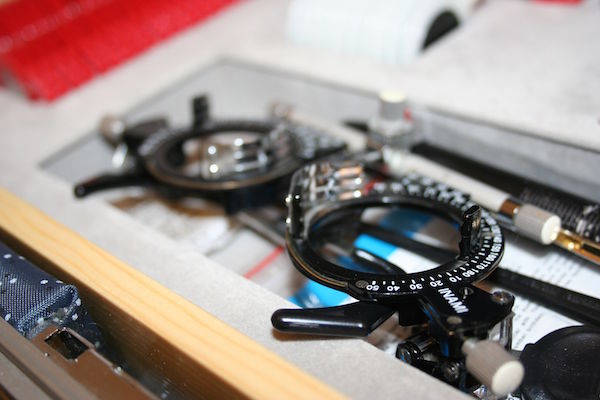
FRIDAY, March 15 (HealthDay News) — If people think about their sinuses at all, it’s usually because they are blocked or infected. But, according to a new study, the so-called maxillary sinuses play an important role in the shape and function of the nose.
The findings dispel the long-held belief that these sinuses — bulbous pouches located on either side of the nose — are evolutionary leftovers with little useful function in modern humans.
In the University of Iowa-led study, researchers studied the faces of 20 people of African origin and 20 people of European origin.
The investigators concluded that the maxillary sinuses change their size in order to “allow the nose to change shape without affecting other areas of the face,” lead author Nathan Holton, a biological anthropologist, said in a university news release.
This is important because different nose shapes evolved based on climate conditions. Among people in colder areas, the nose became narrower and longer in order to better trap air in the nasal passage and warm and moisten it before it reaches the lungs. Among people in warmer regions, the nose is broader and shorter because the air is already warm and moist. The main goal of the nose is to get air to the lungs as quickly as possible, the study authors pointed out in the news release.
On average, the maxillary sinuses in the people of European origin were 36 percent larger than those of African origin, in faces of roughly the same size. This is because the narrower noses of Europeans allows more room for maxillary sinuses, the researchers explained.
“Essentially, by having these sinuses, that’s what allows the nose to change its shape, at least in terms of width and independently from other parts of the face,” Holton said.
The study was published in the March issue of The Anatomical Record.
More information
The Nemours Foundation has more about sinuses and sinus problems.

